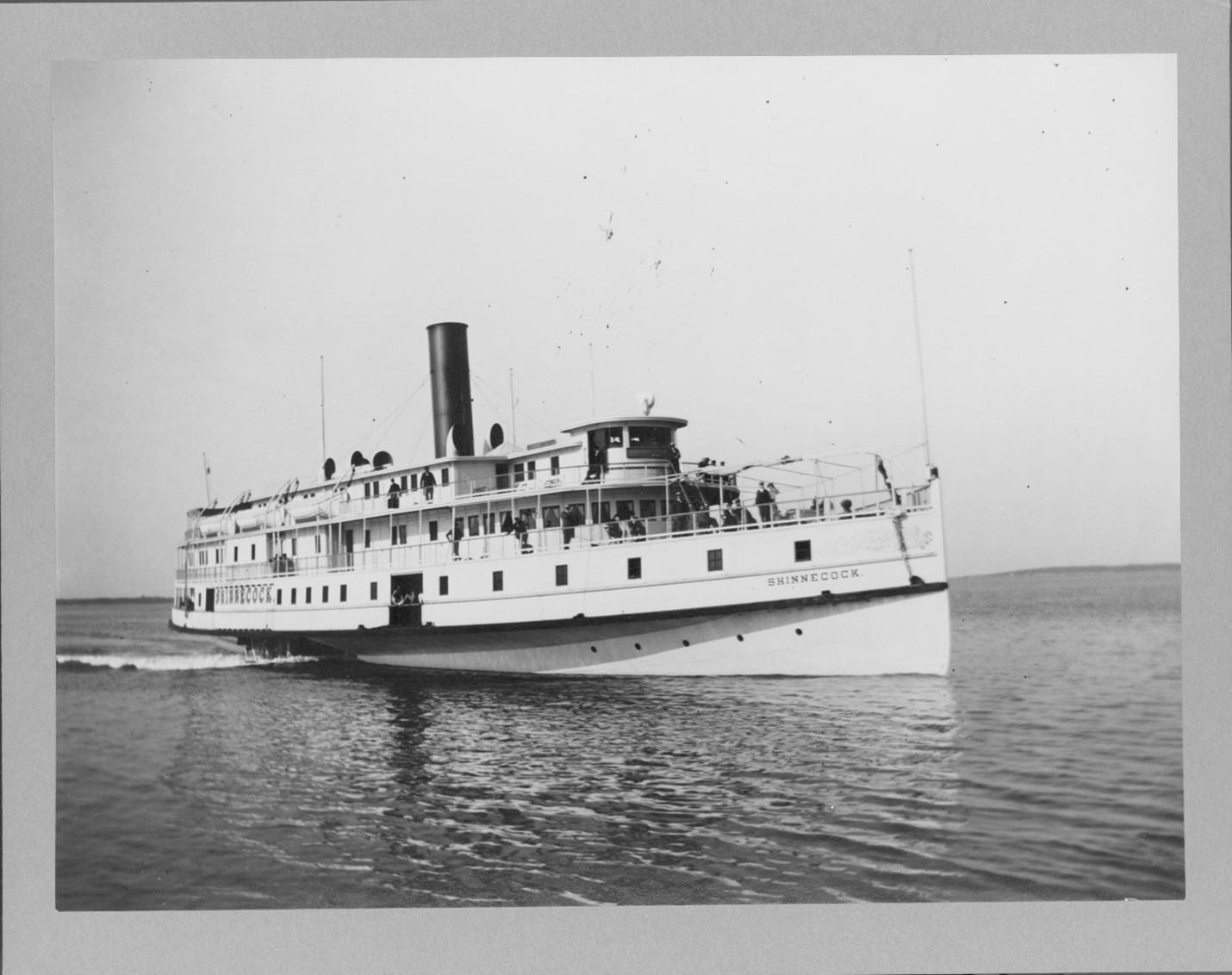
Built in 1896 in Wilmington, Del., the “Shinnecock” was long recognized as ‘the Queen of the Fleet” and, as Ron Ziel wrote in Steel Rails to the Sunrise, “one of the finest American steamboats.” Certainly her debut in Sag Harbor stirred up excitement:
“The air was full of noise of steam whistles and the cheers of the crowd as the Shinnecock approached the steamboat wharf for the first time,” the East Hampton Star reported. “The plank was thrown out and everybody went aboard. … She is as finely found and finished on the saloon deck as any. … [and] it is impossible to give any good description of the interior—one must see to enjoy it.”
Her original owner was the Montauk Steamboat Company, which ran steamers between New York City and eastern Long Island with connections from Block Island to Providence and Newport. Montauk Steamboat already owned the “Montauk,” which boasted only about half the staterooms of the “Shinnecock” and lacked the newer boat’s unusual configuration of dining room tables set in a totally separate, glass-enclosed room.
By 1897 the “Shinnecock” was making so many trips from New York to Sag Harbor to New England that her crew nicknamed her “Perpetual Motion,” according to Edwin Dunbaugh’s Night Boat to New England. In 1898, when troops from the Spanish-American War were quarantined in Montauk, she and the “Montauk” transported sick soldiers to New York City, with the “Shinnecock” partly outfitted as a hospital ship.
The Long Island Rail Road – long a competitor with Montauk Steamboat for freight and passengers – took over the steamboat company the following year. That acquisition was achieved largely through the Montauk Steamboat’s majority shareholder, Joseph Fahys & Co., a watchcase maker with a large factory (later Bulova) in Sag Harbor.
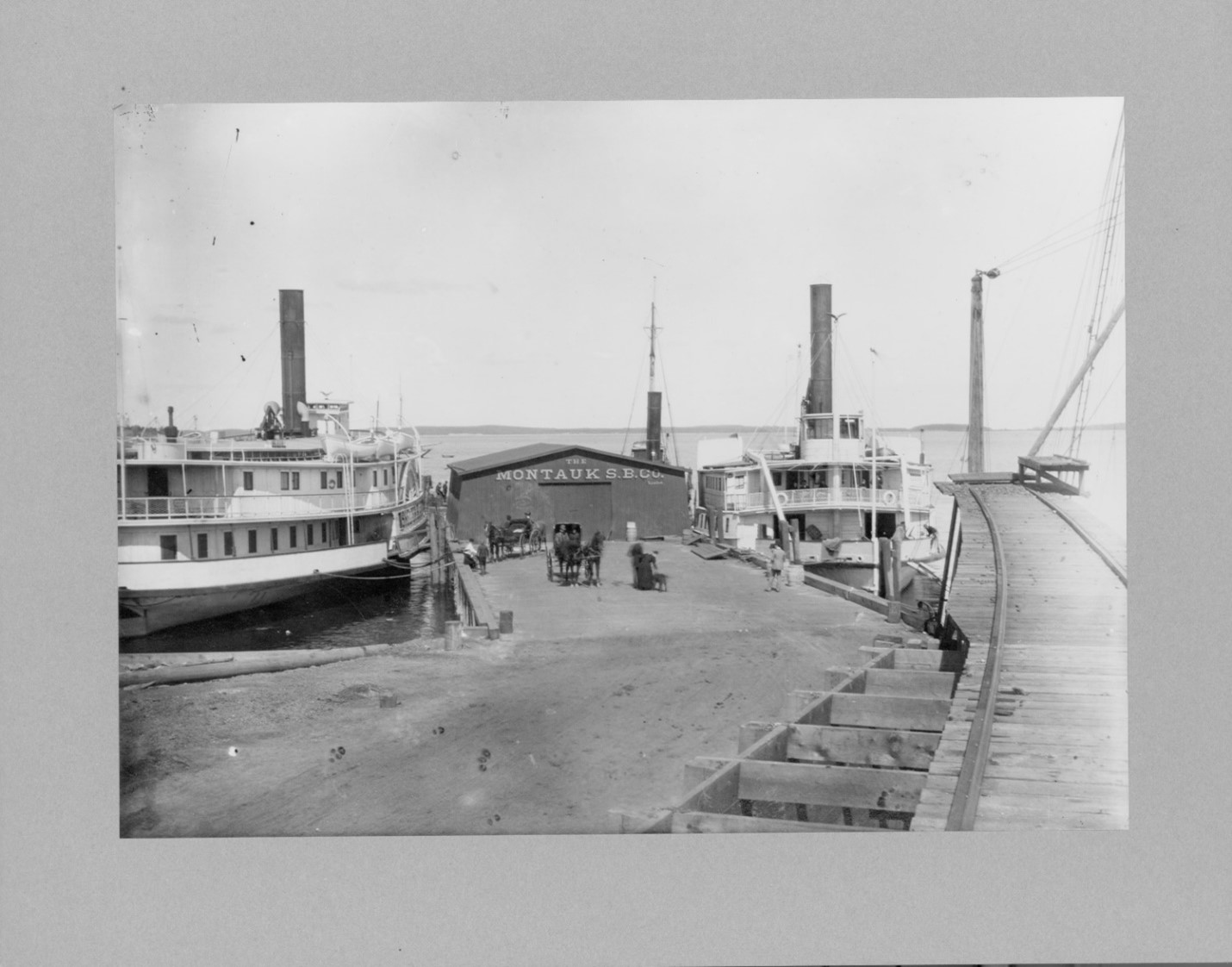
It was in Sag Harbor, just after the turn of the century, that the “Shinnecock” crew successfully countered a charge of mutiny after refusing to work because they felt their food was subpar. Not long after that, at Orient, a bloody fight took place between locals and the crew over “attentions previously shown to the young women of the village by the steamer’s crew,” Steel Rails recalled.
“When the ship arrived at Orient Wharf, it was confronted by a crowd of village men who insulted the crew with vile epithets and pelted them with decayed vegetables, flour, and anything else at hand.” The men did wait for the passengers to disembark before pelting each other with their fists, with the crew eventually claiming victory.
As travelers began to prefer using the train to head east from New York City, the ferry company started to focus on excursions from eastern Long Island to New London, and the “Shinnecock” was converted in 1922 to a day boat.
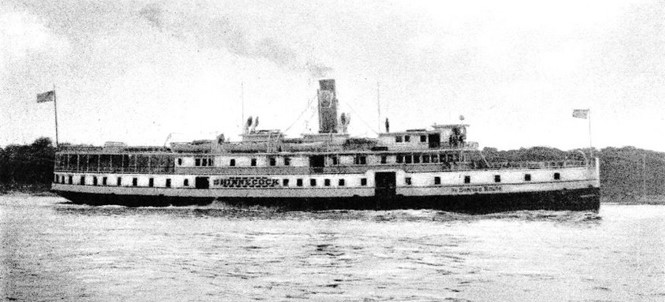
“In the twenties many famous people, among them Arthur Treacher and Mary Pickford, walked up her beautifully curved stairway,” Ron Zeil wrote. “During the winter of 1925 she was chartered as a tender and excursion ship by the Admiral Line of New York. … She was reconditioned and equipped with accommodations for two thousand passengers and a dance floor sixty by forty feet on the afterdeck, and an orchestra was carried on the boat.”
The “Shinnecock” was sold to the Montauk Beach Development Company in 1928. That company created the Montauk & New London Steamboat Line to run out of Fort Pond Bay, and the “Shinnecock” was moved from Sag Harbor to Montauk.
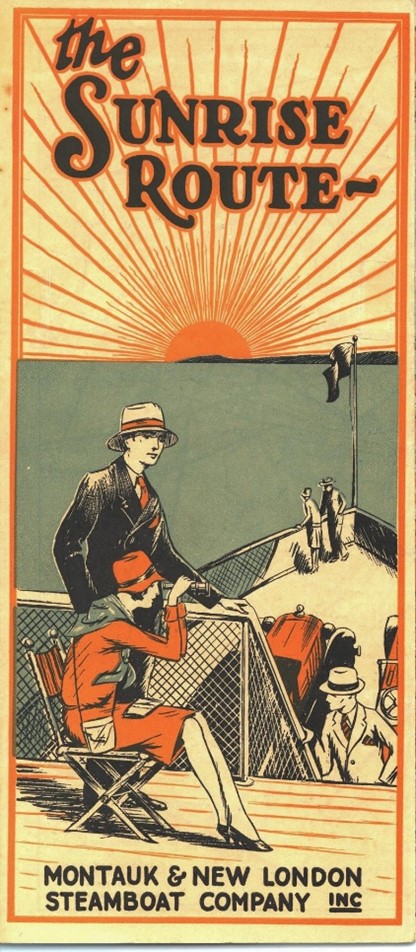

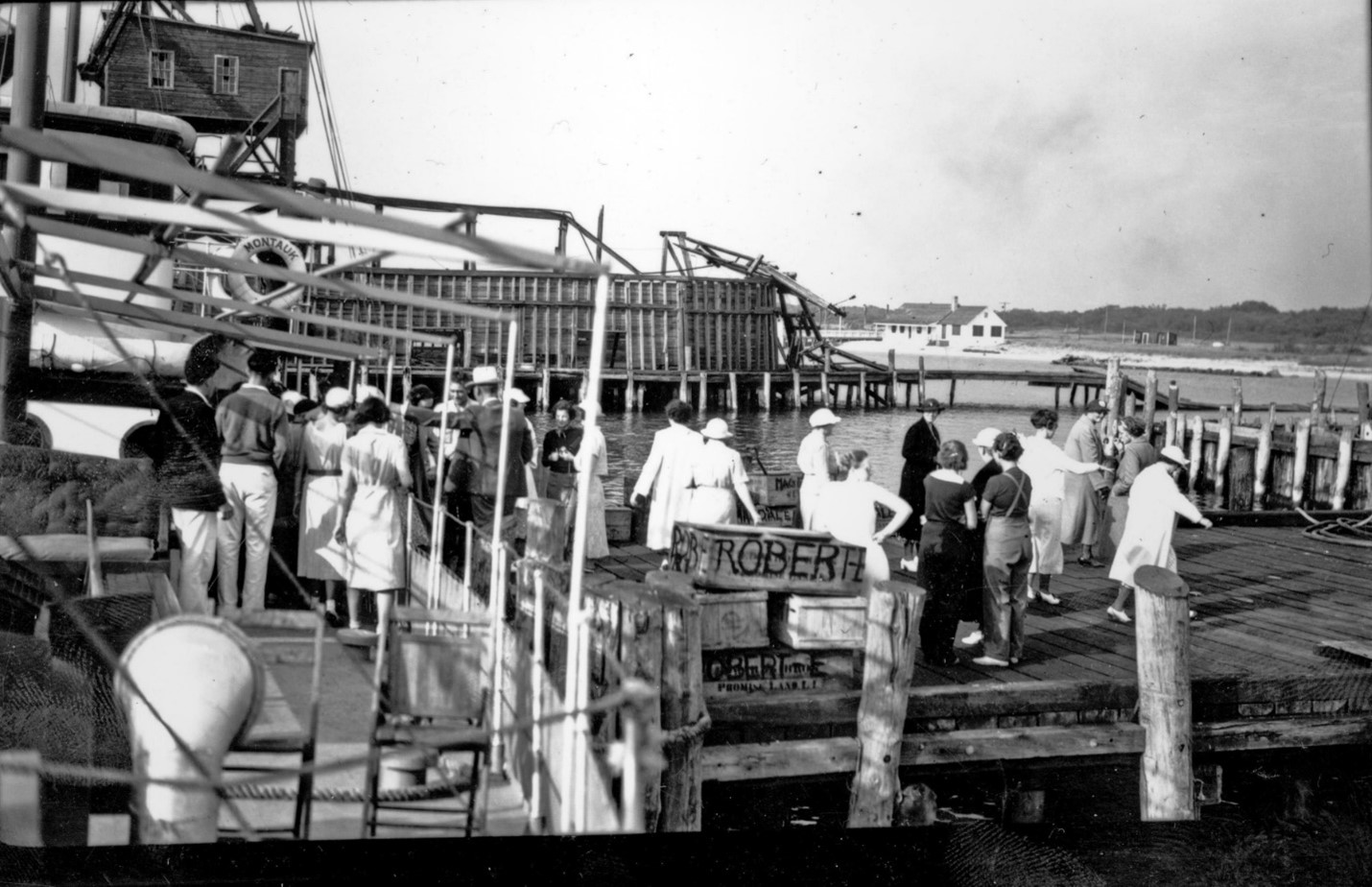
As the “Shinnecock” changed hands, she was converted to an oil-burning boat and renamed the “Empire State” and finally “Town of Hull.” The “Town of Hull” was damaged near Boston in the 1944 hurricane, after which she was eventually scuttled.
“We wonder how many of the older readers of the Express remember the Steamer Shinnecock which busily plied the water route around Sag Harbor,” wrote one couple in a letter to the editor in April of 1947. “We actually scheduled our time, especially in summer, by the whistles of the boats, and it was almost a daily custom to be on the wharf at five in the afternoon, when the gangplank was drawn inboard.”
The couple took a ride to Pemberton to visit the old boat and were told that she had partially exploded while she was being taken apart, perhaps because something was touched off by the flame from an acetylene torch.
“What an ignominious end for such a graceful and hard-working craft,” they wrote.

Reply or Comment